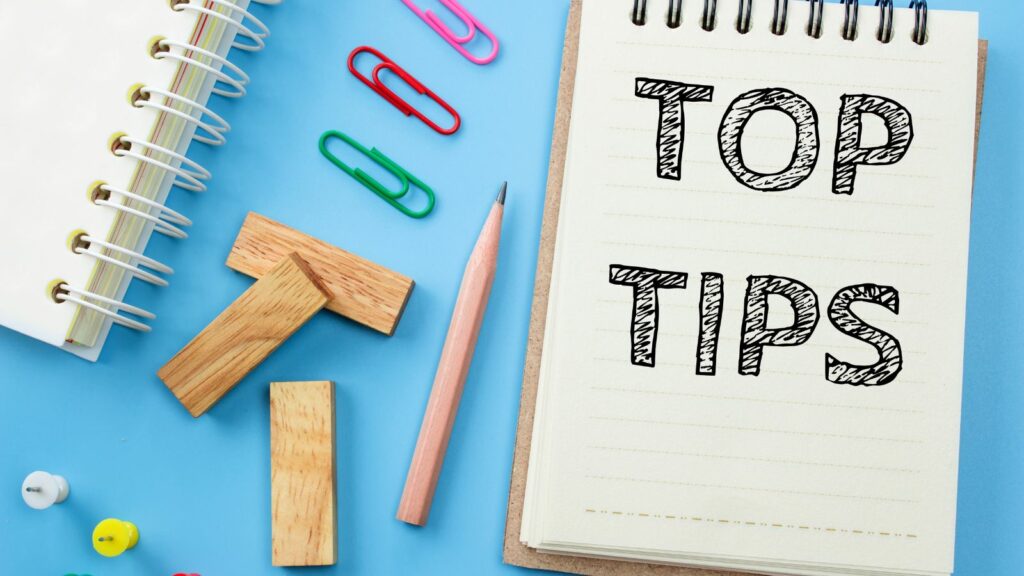Learning isn’t a one-size-fits-all process. Visual learners, those who learn best when information is presented in a graphic or pictorial manner, often find traditional text-heavy teaching methods challenging. This article aims to turn that around, offering practical, tried-and-tested study tips to enhance the learning experience for visual learners.
From mind maps to color coding, we’ll explore an array of techniques that can make studying more effective and enjoyable. By tailoring the learning process to their unique needs, visual learners can unlock their full academic potential. So, let’s dive into the world of visual learning and discover how to make the most of these skills.
Study Tips for Visual Learners
Visual learners assimilate information more effectively when it’s presented visually. However, to harness the power of visual learning, one must understand its characteristics and the benefits of visual learning techniques.
Visual learners exhibit noticeable traits. Drawing relations between facts, figures, and visual representations appeals to them, storing information for longer duration. Frequently, visual learners express a keen inclination towards images, charts, symbols – basically, any form of visual data over plain text.
For visual learners, diagrams simplify complex concepts, maps bring out latent patterns, and color-coding aids in distinguishing thematic elements. Given an abstract theory or a figurative representation of the same, visual learners prefer the latter.
Benefits of Visual Learning Techniques
Implementing visual learning techniques offers tangible benefits. For starters, it increases comprehension and retention. Information represented visually is often easier to understand and remember. By providing a broader perspective, visual elements allow learners to observe trends, correlations, and patterns that might be missed in text-based learning. Additionally, color-coded notes not only increase readability but also boost recall and analysis.
Essential Study Tips for Visual Learners
Visual learners excel by engaging with information displayed visually. They find success in practices that adapt to their unique learning style. Here’s a deeper dive into essential study tips to elevate visual learners’ productivity and efficiency.
Visual learners find color coding as an effective study tool. By associating specific colors with different sets of information, visual learners can categorize and recall data efficiently.
For instances, in preparing for a history exam, each era or event can be assigned a distinct color. Post-it notes, high-lighters and colored pens come in handy during this process.
Incorporating Diagrams and Charts
Diagrams and charts simplify complex concepts while amplifying comprehension. Flowcharts and Venn diagrams, for example, can illustrate processes and comparisons better than blocks of text. This visual data interpretation aligns with the cognitive preferences of visual learners. They can transform class notes into a series of diagrams or charts for deeper understanding and swift recall.
Optimizing Study Environments for Visual Learners
Of utmost importance to any learner’s success, visual or otherwise, lies in the careful creation and maintenance of their study environment. Structuring an ambient and distraction-free study setting keeps focus sharp, especially for visual learners. This study hub design, catering specifically to the tendencies of visual learners, manifests significantly in two core facets: the creation of a distraction-free area, and the attention to proper lighting and space arrangement.
Visual learners, known for their disposition towards visual stimuli, tend to get easily distracted. These distractions can break the flow of learning, causing interruptions that hamper their progress. A tranquil environment, free of visual and auditory distractions, boosts focus and aids the learning process.
For visual learners, keeping the study area clutter-free stands as one of the top priorities. Proportioned information, rather than clustered notes, helps them succinctly process and retain learnt matter.
Proper Lighting and Space Arrangement
Lighting and space arrangement play a significant role in improving concentration and reducing eye strain for visual learners. An appropriately lit space facilitates an immersive learning experience and enhances the readability of study materials.
Besides general lighting, task lighting aids with focused reading and writing, while ambient lighting creates a calming atmosphere. The space arrangement, too, substantially affects learning.




